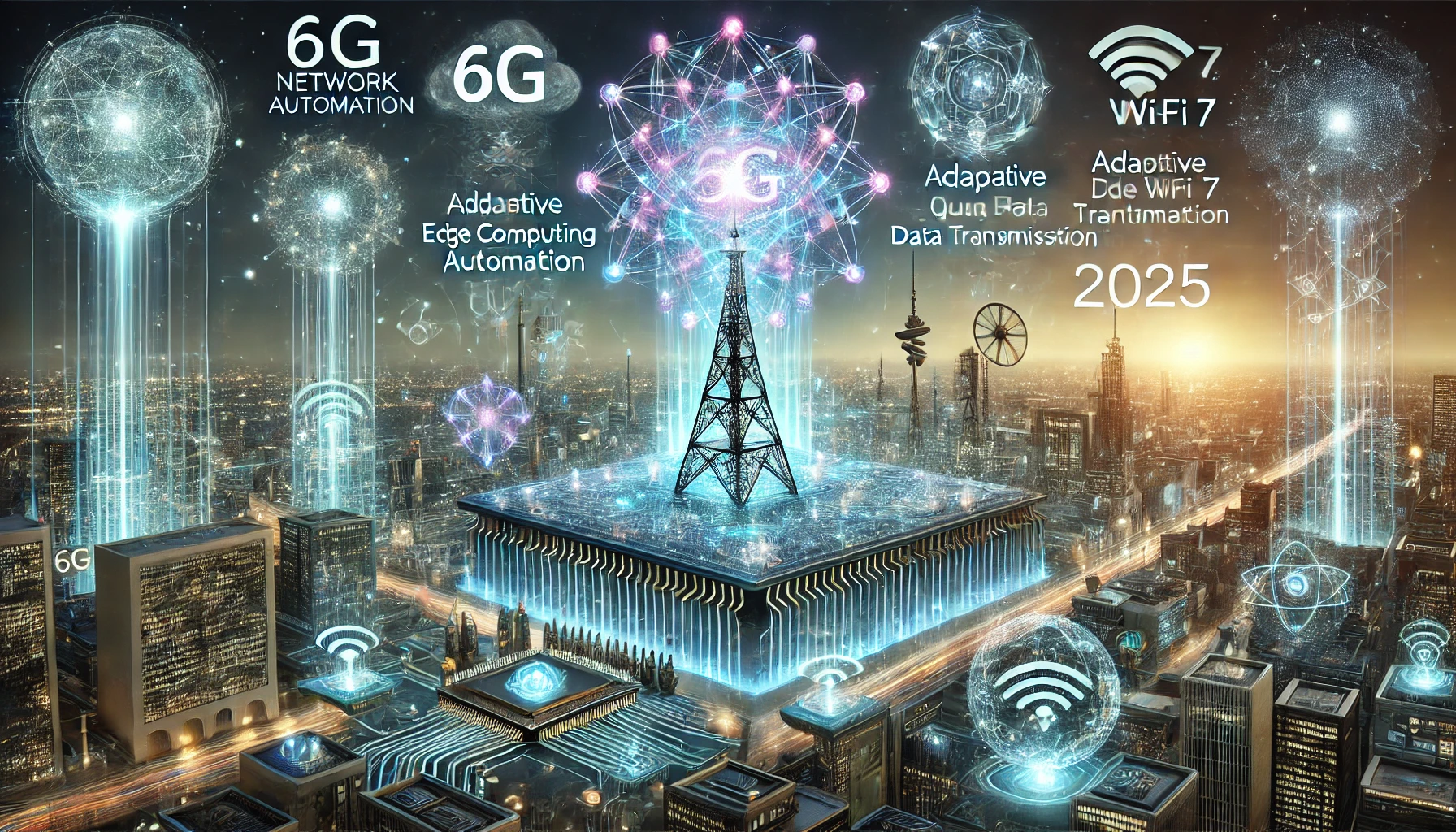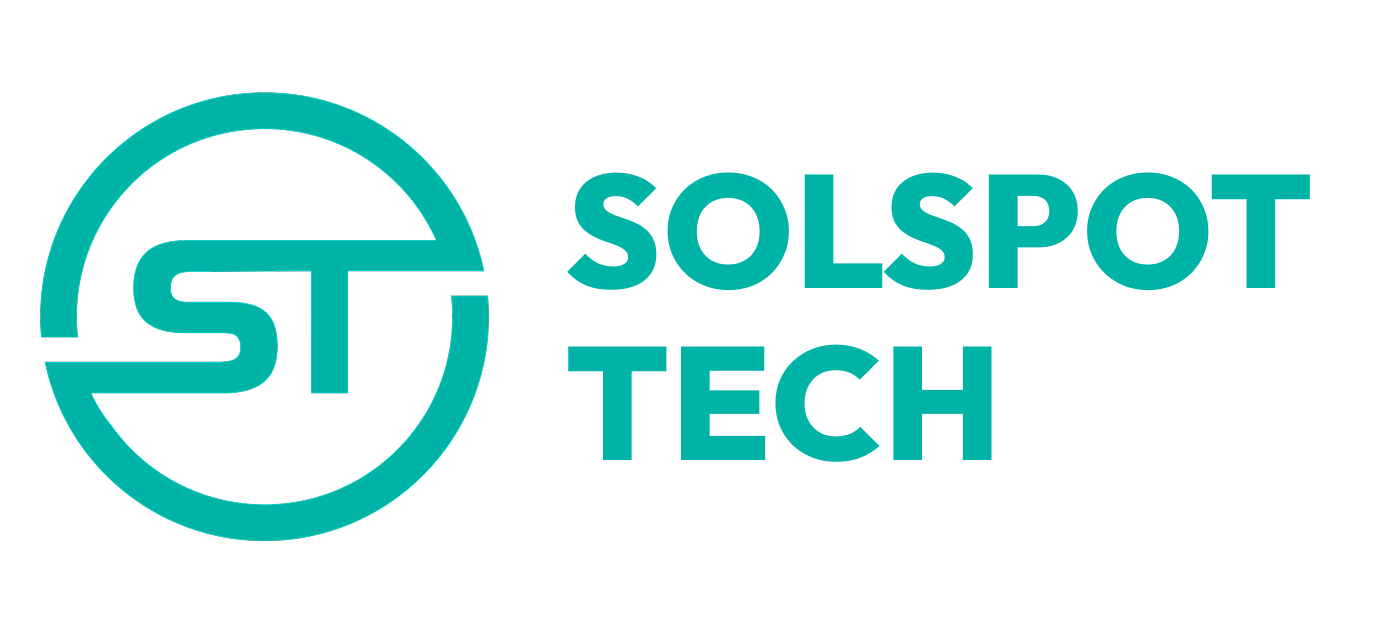
As businesses and individuals continue to rely more on digital connectivity, networking technologies are evolving at an unprecedented pace. In 2025, several groundbreaking advancements are set to redefine how networks function, improving speed, security, and efficiency. From AI-driven automation to 6G technology, here are the key trends shaping the future of networking.
1. 6G Technology: The Next Leap in Connectivity
While 5G is still being deployed worldwide, researchers are already preparing for 6G networks, expected to roll out by 2030. However, 2025 will see significant advancements in terahertz (THz) frequency communication, ultra-low latency, and AI-driven network management. 6G is expected to provide speeds 100 times faster than 5G, making real-time holographic communication and ultra-high-definition streaming a reality.
2. AI-Driven Network Automation
Artificial Intelligence (AI) and Machine Learning (ML) are revolutionizing network management. AI-powered automation can predict network failures, optimize traffic flow, and enhance security. Self-healing networks, where AI detects and fixes issues before users experience disruptions, will become more common in enterprise IT infrastructure.
3. Quantum Networking: A New Era of Security
Quantum networking leverages quantum mechanics to create unbreakable encryption and ultra-secure data transmission. Technologies like Quantum Key Distribution (QKD) will prevent cyber threats by ensuring that intercepted data becomes unreadable. In 2025, expect early-stage quantum networks to emerge, enhancing the security of financial institutions, governments, and critical infrastructures.
4. Edge Computing and Decentralized Networks
With the explosion of IoT devices and real-time processing needs, edge computing is becoming a game-changer. Instead of relying on centralized cloud networks, edge computing processes data closer to the source, reducing latency and improving efficiency. Expect 5G-powered edge networks to enable real-time analytics in industries like healthcare, smart cities, and autonomous vehicles.
5. Software-Defined Networking (SDN) & Network Function Virtualization (NFV)
Traditional hardware-based networking is gradually being replaced by Software-Defined Networking (SDN) and Network Function Virtualization (NFV). These technologies separate network control from physical infrastructure, allowing businesses to scale and adapt to changing needs more easily. In 2025, SDN will enable more agile, cost-effective, and secure enterprise networks.
6. Smart and Adaptive Wi-Fi Networks
With increasing demand for seamless connectivity, Wi-Fi 7 is set to revolutionize wireless networking by offering speeds up to 30 Gbps and reducing network congestion. Smart Wi-Fi networks will leverage AI to optimize bandwidth allocation, enhance performance, and improve user experience in crowded environments like stadiums and large enterprises.
7. IoT Connectivity and IPv6 Adoption
The Internet of Things (IoT) continues to expand, with billions of devices connecting to networks. IPv6 adoption will become more widespread, offering an infinite number of IP addresses and improved security. New networking protocols, such as Matter and Thread, will enhance interoperability between IoT devices, making smart homes, factories, and healthcare systems more efficient.
8. Blockchain for Network Security
Blockchain technology is increasingly being integrated into network security solutions. Decentralized identity management, encrypted peer-to-peer communication, and tamper-proof data storage will enhance cybersecurity in enterprise and government networks. Blockchain-based zero-trust security models will become a standard for ensuring secure access control.
9. Green Networking and Sustainable Infrastructure
As energy consumption becomes a critical concern, green networking solutions will gain traction. Innovations like AI-driven power optimization, energy-efficient network hardware, and smart cooling technologies will help reduce carbon footprints. Companies will focus on sustainable data centers and eco-friendly 5G deployments to support a greener future.
10. Network-as-a-Service (NaaS) and Cloud Networking
The shift towards Network-as-a-Service (NaaS) will accelerate in 2025. Enterprises will adopt cloud-based networking solutions that provide on-demand network infrastructure, security, and management. NaaS will enable businesses to scale operations without heavy capital investments in physical networking equipment.
Conclusion
The future of networking in 2025 is driven by speed, security, automation, and sustainability. From the evolution of 6G and AI-driven automation to quantum security and green networking, businesses and consumers will experience faster, smarter, and more secure networks. Staying ahead of these emerging technologies will be essential for businesses to remain competitive in an increasingly digital world.

